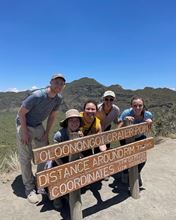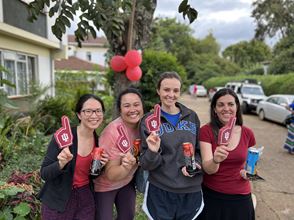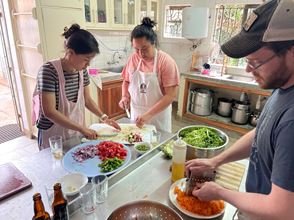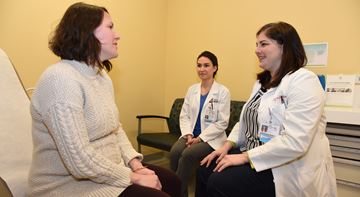Residents participating in the Internal Medicine Residency program at IU School of Medicine receive comprehensive clinical training. Residents can apply for additional training tracks after the first year of training, including primary care, clinical education, global health and research.
Global Health Pathway
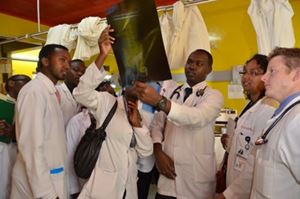
The interdepartmental Global Health Pathway engages residents from all specialties to better understand the social, economic, cultural, and environmental factors that contribute to health and disease throughout the world. The program includes didactic sessions, journal clubs, and case-based discussions as well as the opportunity to participate in domestic and international global health electives. One popular global health elective is through the AMPATH-Kenya program, which is among the largest collaborative health care efforts in the world. At any given time, 20-40 IU School of Medicine faculty physicians from various specialties are practicing medicine in Kenya at the Moi Teaching and Referral Hospital. Residents have the opportunity to spend 2 months in Kenya as part of the AMPATH program. Upon completion of the program, residents receive certification in global health from the IU Center for Global Health. Requirements of the track: 80% attendance at quarterly half-day didactic sessions, a scholarly project, mentorship, and a local or international global health elective.
